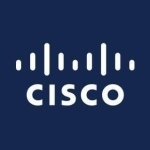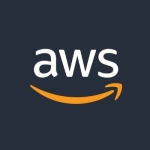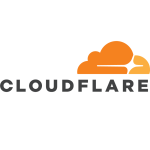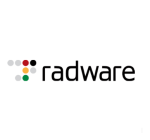We are just publishing applications. We have some clients who need access to these. So, we're hosting the applications for clients. We're also publishing VDIs and using it for processing VDIs.
Citrix Director has been great. It gives us one pane of glass to be able to monitor what's going on with the user sessions as well as to keep on top of the virtual desktops, any servers that may be offline or behaving suspiciously, or any troublesome spots like disconnections.
We also use Citrix Studio for maintaining the actual servers that are hosting these applications. We use it for delivery groups in case we need to modify delivery groups in regards to which groups have access to which applications. It has been very helpful.
We are looking for some in-depth monitoring and analytics and more information that Citrix Director doesn't provide. ControlUp has insights that not only give you an overview but also allow you to do some drill-down troubleshooting for what's going on in your environment. We are looking for some more analytical and monitoring data to be able to monitor the environment better, not only from an application standpoint but also from the standpoint of the infrastructure to everything it sits on. They can provide more data to the administrators about what's going on within the application. They can provide data not only on the application side but also about what the application sits on. They're making strides with Citrix Analytics in regards to that.
My team has been using it for at least four to five years, and I just joined this team.
It has been pretty stable. The only thing that we've ever experienced is when someone is installing a bad patch or something like that. That has usually been a user error. It wasn't the product; it was the person implementing the patch.
It is very scalable. That's another reason why our company went with Citrix. It is very scalable and versatile. If you are trying to provide to a group that doesn't necessarily need a full-fledged desktop, you can just publish out whatever application is needed. A lot of groups are very appreciative of that. A lot of groups just want to be able to get to the applications they need to do their work. They don't really want to be bogged down with a full-fledged desktop if they just need one application. Citrix gives you the capability to just do that.
You could publish it to many devices. It doesn't have to be a specific desktop. It could be a tablet as long as a person has access to the internet. You're publishing it into a portal where they can just get to that application from anywhere as long as they have maybe an RSA token, Duo, or some type of security authentication and their phone. We have users who are impressed by the fact that they can get to it. As long as they have their Citrix workspace client on their phone, they can get to wherever they need. It is very versatile in delivery.
Right now, we have about 5,000 to 6,000 onshore and offshore users. Our environment supports healthcare, so we need the ability to deliver to those users who may be working within a hospital. As long as they have an internet connection and a browser, they can access our applications. It has been a very valuable tool that allows us to present that outside our environment.
We've had to use them on occasions, and they've been very on point for the initial triaging as well as for the follow-ups. I would rate them an eight or nine out of ten. It was maybe after hours, and it took some time to get to the right engineering team for the issue. It wasn't like we were just waiting on them. It was just getting us over to the right team for a specific issue. After we actually got on the phone with an engineer, they've always been very helpful in getting the issue resolved.
It is pretty straightforward.
I would advise others to just go through and look at the requirements and the needs of the people you're supporting. I will always recommend doing a POC, just to make sure that the product that you're inquiring about or thinking about purchasing does what it says it does because you don't want to be oversold something and it under-delivers. I will always recommend doing some type of POC to test everything out. If it is in your budget, then I would say go with it.
It has improved the way our organization functions. I have been very impressed with the direction in which Citrix is going. I got introduced to Workspace last year, and I attended the virtual SYNERGY conference. It was very impressive to see so many upcoming things that Citrix is working on. I noticed that VMware also has its version of Workspace, so I guess that's the new hot terminology to use. The Citrix solution is called Workspace, and the VMware solution is called Workspace ONE.
I would rate Citrix ADC a nine out of ten. There's always room for improvement for any application. That's why they have different versions or a series of applications.













